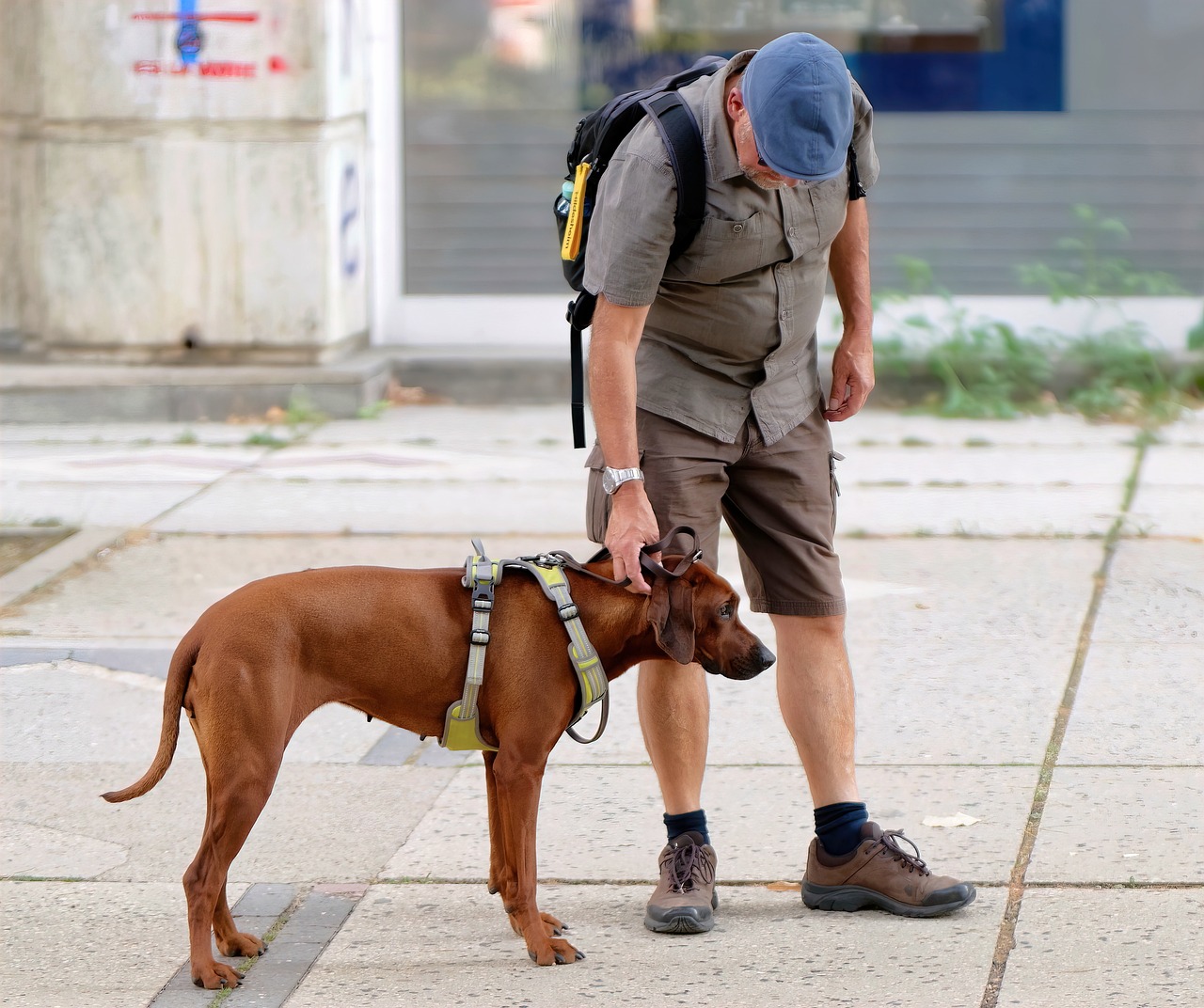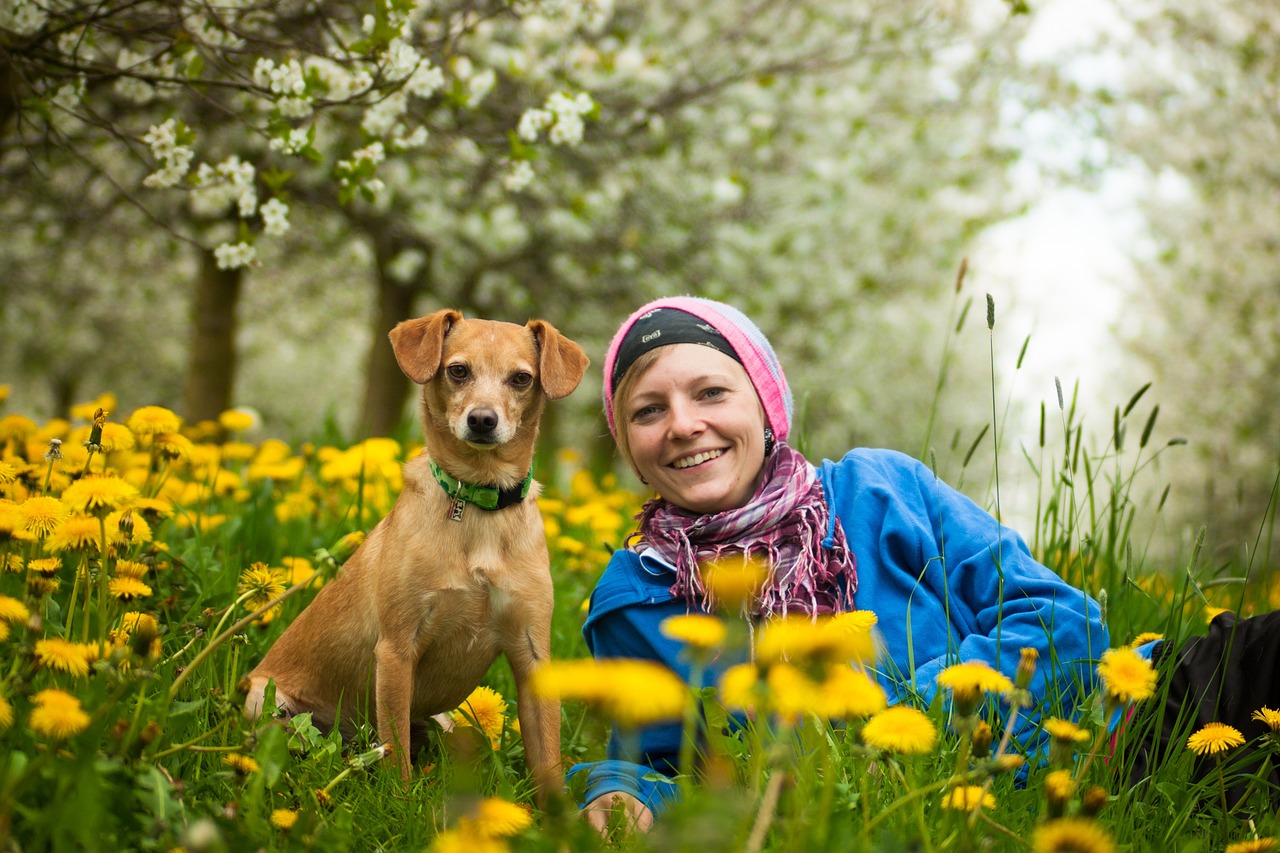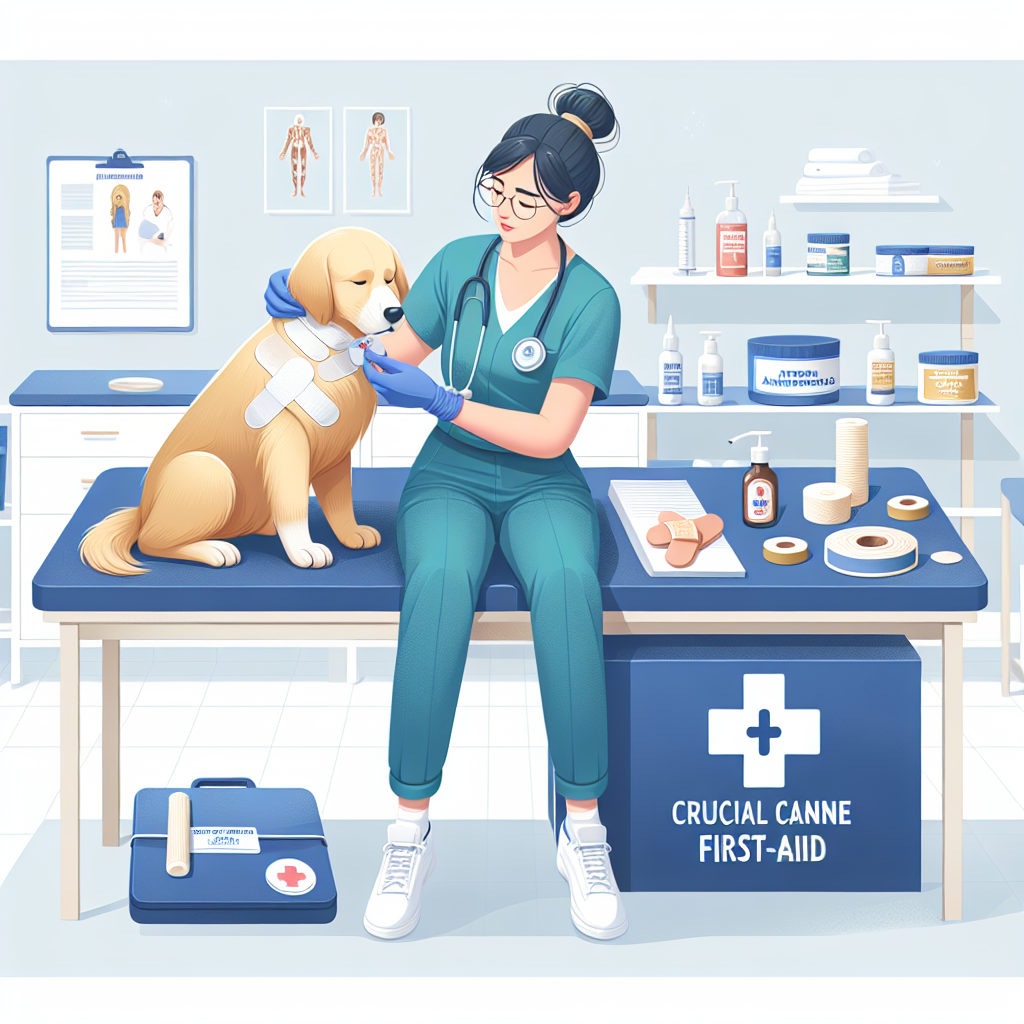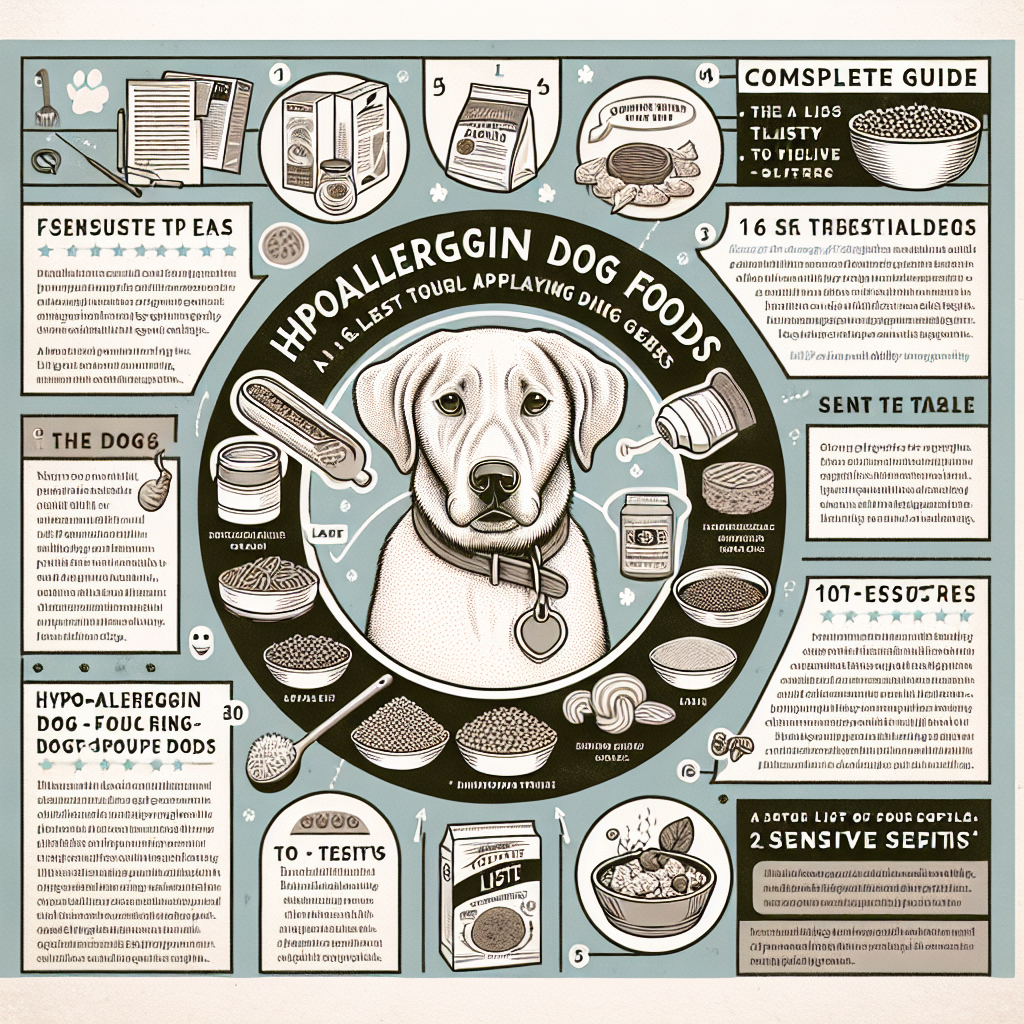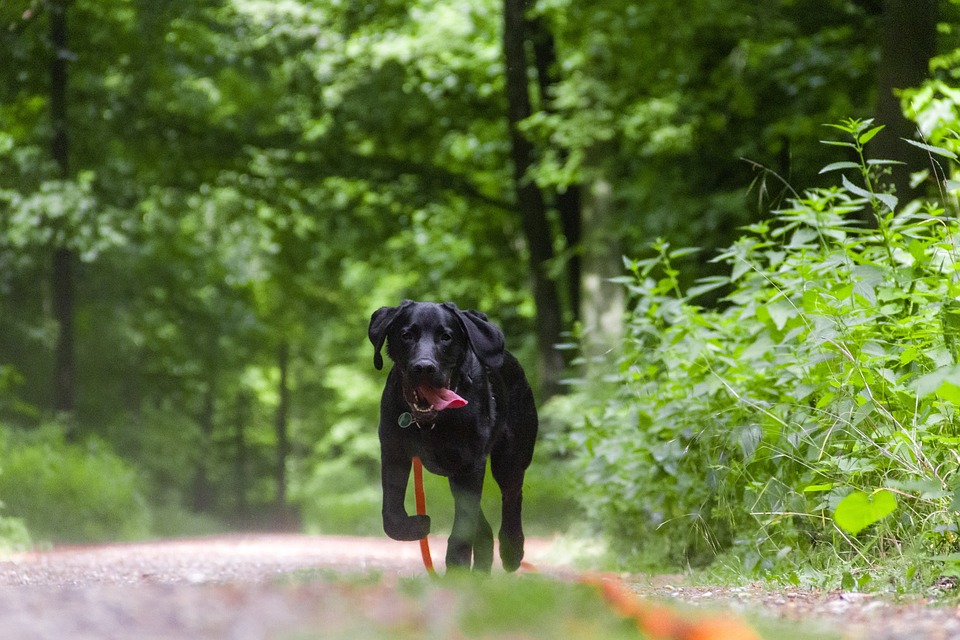
Walking your dog is not just a necessity; it’s a vital component of their physical and mental health. Leash training, however, can be a daunting task for many dog owners. That’s why we’ve crafted this comprehensive guide to help you in your journey towards successful leash training. Whether you’re a new pet owner or someone looking to refine your dog’s walking habits, our tips will guide you every step of the way.
Why Leash Training is Important
Leash training is more than just teaching your dog to walk without pulling. It’s about creating a harmonious relationship between you and your pet. Proper leash training ensures safety, helps in socialization, and improves your dog’s overall behavior.
Internal Link: For an in-depth look at why training and behavior are crucial, check out our Training and Behavior section.
Choosing the Right Equipment
Successful leash training begins with having the right equipment. Here’s a breakdown of what you’ll need:
Types of Leashes
-
- Standard Leash: Ideal for everyday walks and basic training. Usually 4 to 6 feet long.
-
- Retractable Leash: Allows more freedom but requires a skilled handler.
-
- Martingale Leash: Excellent for dogs that have a tendency to pull or slip out of their collars.
Types of Collars
-
- Flat Collar: Suitable for well-behaved dogs.
-
- Martingale Collar: Offers more control and prevents your dog from slipping out.
-
- Harness: Distributes pressure evenly and is excellent for dogs with respiratory issues.
External Link: For a detailed guide on different types of leashes and collars, visit American Kennel Club.
Step-by-Step Guide to Leash Training
1. Introduce the Collar and Leash
The first step in leash training is to get your dog comfortable with the collar and leash. Allow them to sniff and explore the leash and collar and reward them for engagement. This can take a few minutes to a few days depending on your dog’s personality.
2. Start Indoors
Start practicing indoors where distractions are minimal. Attach the leash and simply walk around the house. This helps your dog get used to the feeling of the leash and collar. Praise and reward them for following you without pulling.
3. Teach Basic Commands
Commands like “sit”, “stay”, and “come” are essential building blocks for leash training. Use positive reinforcement techniques to teach these commands. Once mastered, these commands can be used during walks to maintain control.
Internal Link: Our article on Basic Dog Training Commands dives deeper into how you can teach these essential commands effectively.
4. Practice in the Yard
Once your dog is comfortable indoors, move the training to your yard. The environment will have more distractions but still be relatively controlled. Continue to use rewards and praise to reinforce good behavior.
5. Begin Leash Training Walks
Now it’s time to venture outdoors. Select a quiet area to start your first few outdoor walks. Consistency is key – walk the same route for a few days before exploring new areas.
6. Use Positive Reinforcement
Reward your dog with treats, praise, or playtime whenever they follow your lead without pulling. Positive reinforcement encourages good behavior and makes the training process more enjoyable for both of you.
7. Addressing Common Issues
-
- Pulling: Stop walking when your dog pulls and only resume when the leash is slack.
-
- Barking: Address barking by reinforcing the “quiet” command and rewarding calm behavior.
-
- Refusal to Walk: If your dog refuses to walk, it might be due to fear or discomfort. Check their gear for proper fitting and provide gentle encouragement.
External Link: For additional tips on addressing common leash walking problems, Cesar’s Way offers practical advice.
Socialization and Leash Training
Socialization is a critical aspect of leash training. Exposing your dog to various environments, people, and other animals can significantly improve their behavior during walks.
Dog-Friendly Parks
Take your dog to dog-friendly parks to build their confidence and social skills. Ensure your dog is calm and controlled before allowing them to interact with other dogs.
Internal Link: Discover some of the best Dog-Friendly Parks in your area.
Training Classes
Enroll in group training classes to provide a structured environment for your dog to learn social skills while being leash-trained. These classes also provide excellent opportunities for dogs to adapt to distractions.
External Link: For a list of accredited training schools, visit APDT’s Trainer Search.
Advanced Leash Training Techniques
Loose Leash Walking
Loose leash walking means your dog walks with a relaxed leash, neither pulling ahead nor lagging behind. Practice “heel” and “let’s go” commands to maintain a steady pace.
Endurance Training
Gradually increase the distance and complexity of your walks. This not only helps in leash training but also keeps your dog physically and mentally stimulated.
Incorporating Playtime
Intermix training with play sessions to make walks more enjoyable and to reinforce positive behavior. Activities like fetch or agility exercises can be fun additions.
Internal Link: For more ideas on stimulating activities, explore our Dog Activities articles.
Troubleshooting and Tips for Persistent Issues
Despite your best efforts, sometimes issues persist. Here are some strategies to address persistent problems:
Working with a Professional Trainer
If you’re experiencing significant challenges, consider hiring a professional dog trainer. A trainer can provide personalized advice and techniques.
Consistency is Key
Maintain a consistent routine. Dogs thrive on routine and structure, making it easier for them to learn and adhere to training.
Patience and Persistence
Leash training is not an overnight process. Patience and persistence are your best tools. Celebrate small victories and continue to build on them.
External Link: For additional training resources, ASPCA’s Training Techniques offer expert guidance.
Conclusion
Successful leash training transforms the simple act of walking your dog into a pleasurable and rewarding experience for both you and your pet. By following the tips outlined in this guide, you’ll pave the way for a happier, healthier, and more harmonious relationship with your furry friend.
Leash training demands patience, consistency, and a lot of love. But the payoff is priceless—a well-behaved dog who is a joy to walk and a strengthened bond between you and your pet.
Internal Link: Ready to deepen your bond even further? Check out our Training and Behavior Guide for more tips and advice.
By investing time and effort into proper leash training, you are taking a vital step towards ensuring the well-being and happiness of your dog. Happy walking!
Remember, each dog is unique, and what works for one might not work for another. Adapt these tips to suit your dog’s personality and needs. For more detailed guides and tips, don’t forget to explore DogsOwner.com – your comprehensive resource for all things dog-related.
#ChatGPT assisted in the creation of this article.

